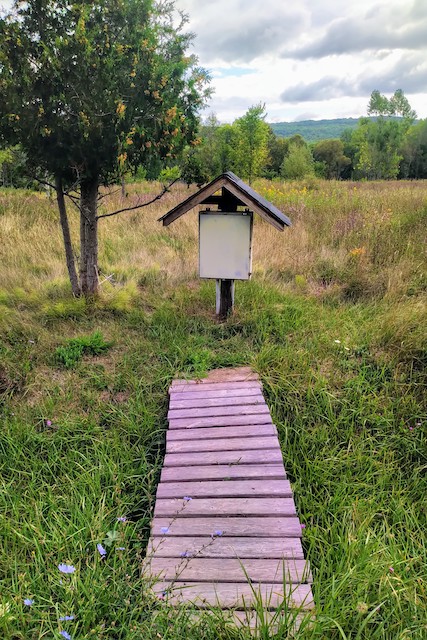
By Ahmad Hathout
PRINCE RUPERT TELECOM CityWest disputed a claim by Telus subsidiary Mascon that Quadra Island in British Columbia is mostly covered by the latter with federal goal speeds, according to a February 2021 information note obtained via a freedom of information request.
B.C.’s Ministry of Citizens’ Services, which manages telecom issues, also fielded a concern emerging from a Union of British Columbia Municipalities (UBCM) forum held that February that some rural communities would be excluded from the federal government’s $2.75-billion Universal Broadband Fund (UBF) program “resulting from discrepancies” in Innovation Canada broadband service maps, which allegedly show higher speeds than exists.
The issue in common is both dispute the accuracy of the federal maps the provincial broadband programs rely on to deliver funds.
“Some communities have disputed the information on the map and claim that internet speeds are lower” than the federal goal of 50 Mbps download and 10 Mbps upload, according to a separate note to Citizens’ Services Minister Lisa Beare.
The CityWest and Mascon dispute is over data in Innovation Canada’s national broadband map, which Mascon used to make its claim that it provides access to federal goal speeds on most of the island. If Mascon, which Telus purchased in 2017, covers an area with the objective speeds, CityWest, according to the provincial broadband program, would be ineligible for subsidies to build in the same area.
But CityWest contested the accuracy of the map as it sought to get money from the province to build where Mascon claims to have infrastructure, according to a separate February 2021 note to the minister of Municipal Affairs.
“Sometimes more than one internet service provider might contest the information contained on the national broadband map,” the information note said, citing the Quadra Island example.
The note said the province is “keen to work with UBCM to support communities in validating internet speed data and is in the process of hiring a contractor to identify issues and make policy and program recommendations for improvement if required.”
Citizens’ Services said it would welcome input from Municipal Affairs on strategy including collaborating on regional tables with local government and stakeholders.
The province’s Connecting British Columbia program relies on the federal broadband map, which uses 250-meter segments to determine which areas are supplied with the federal objective speeds.
Innovation Canada moved away from the much broader 25-square-kilometre hexagon model, the entirety of which would be designated as ineligible for government funding if just one home inside that boundary has access to the 50/10 speeds.
Instead, it ushered in the new 250-meter metric, which uses internet service provider data and was implemented with the UBF program. The more detailed metric gives insight into broadband coverage at the road level – where and which service providers with what technology are operating around a specific address, and which are providing transport services to distribute connectivity to a local area network.
The old hexagon model is still used for Innovation Canada’s older broadband program, the $585-million Connect to Innovate program from 2016.
Innovation Canada has been working on developing more accurate maps that go beyond the 250-meter segments. At the beginning of last year, the department hired Toronto-based artificial intelligence company Ecopia AI to develop that level of specificity.
Until then, to be eligible for limited B.C. broadband subsidies, a service provider must show it is not building in an area with existing infrastructure.
Applicants to the provincial broadband program must prove households they want to connect cannot access the 50/10 speeds, according to a question-and-answer document appended to the information note to Municipal Affairs, which added Innovation Canada requires a speed test measurement for every five targeted households.
CityWest and the Strathcona Regional District are constructing a $45.4-million broadband backbone project involving thousands of kilometers of fibre cable along the province’s coastline, although it is unclear if the Quadra Island dispute had to do with this project in particular. Of the 139 communities on the project’s route, 19 do not have existing last mile infrastructure, which is not supported by the project. Its expected completion date is March 31, 2023.



